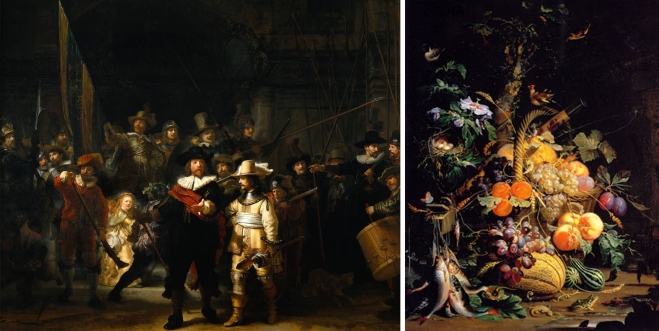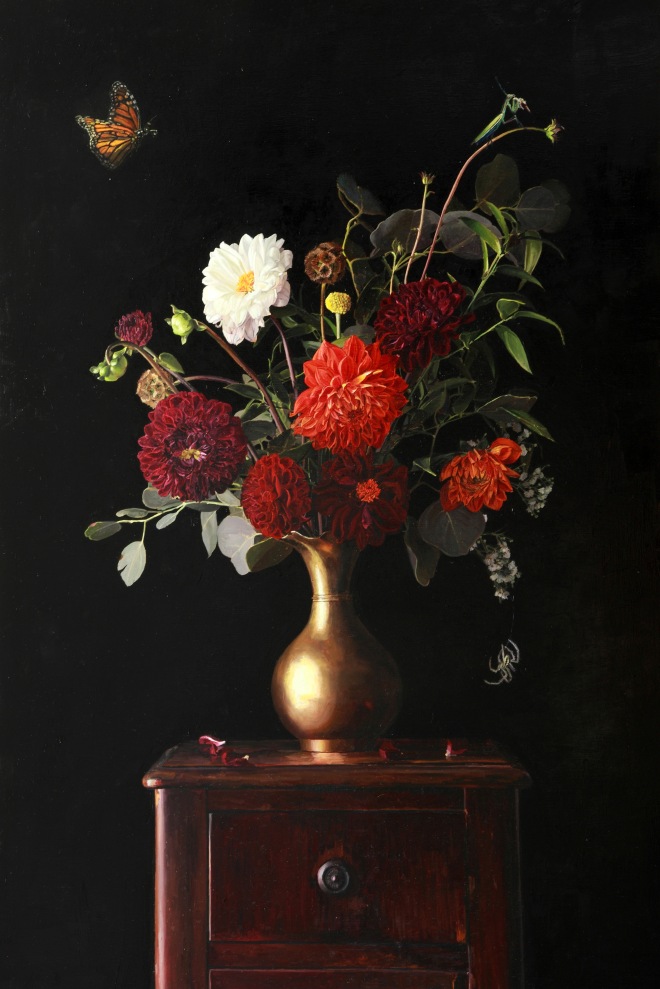Remember the Technique Tuesday post where we took a look at chiaroscuro? Today’s post is going to take a look at a very cool technique, closely related to chiaroscuro: tenebrism.
What is it?
Tenebrism, like chiaroscuro, is all about the use of lights and darks. Where chiaroscuro is used to create a sense of depth, three-dimensionality, and realistic texture, tenebrism involves using the stark contrast of light and dark for dramatic effect in a composition. It’s sometimes called the “spotlight effect”, and almost always features a stark, black background with the foreground, or at least some parts of it, dramatically illuminated.
Examples from art history:
The quintessential master of tenebrism in art history is the Baroque era Italian painter Caravaggio. Caravaggio’s work always bore a characteristic sense of drama, partially from the emotionally charged subject matter he would choose, but mostly thanks to the intense tenebrism. The concept of dramatic illumination became a popular one during the Baroque period following the Renaissance, and is seen frequently in both Italian and Dutch works from that time. Tenebrism has an exquisite way of creating a dramatic and powerful feel in a painting, but it also has a way of making the illuminated forms and colors absolutely glow.

You can get an idea from just these three works how Caravaggio manipulated contrast and areas of light and dark to not only set the mood, but also to draw the eye of the viewer to the most important focuses of the composition. Here are a couple of examples of the way tenebrism was used by painters further north, in the Dutch “Golden Age.”
Examples from Principle Gallery:
As art has evolved over time, popular trends have come and gone, but tenebrism is an effect that can still be seen used frequently by today’s artists, each in a way that complements his or her unique painting style. Here are a few examples of dramatic tenebrism on works here at Principle Gallery: (click the artist’s name to see more works by Jeremy Mann, Richard Murdock, and Brian Martin)

And last but not least, here’s a truly gorgeous example of a still life featuring tenebrism. This work by Greg Gandy is titled “Flowers with Insects,” and is a part of the current two-person exhibition, “Tempo and Pause” featuring works by Greg Gandy and Valerio D’Ospina. (Click here to view all the works in the show on our website!) Click the image to get a closer look, and check out how beautifully the contrast between the dark background and the illuminated flowers and vase makes the colors really glow!



Excellent examples on Tenebrism. Thank you